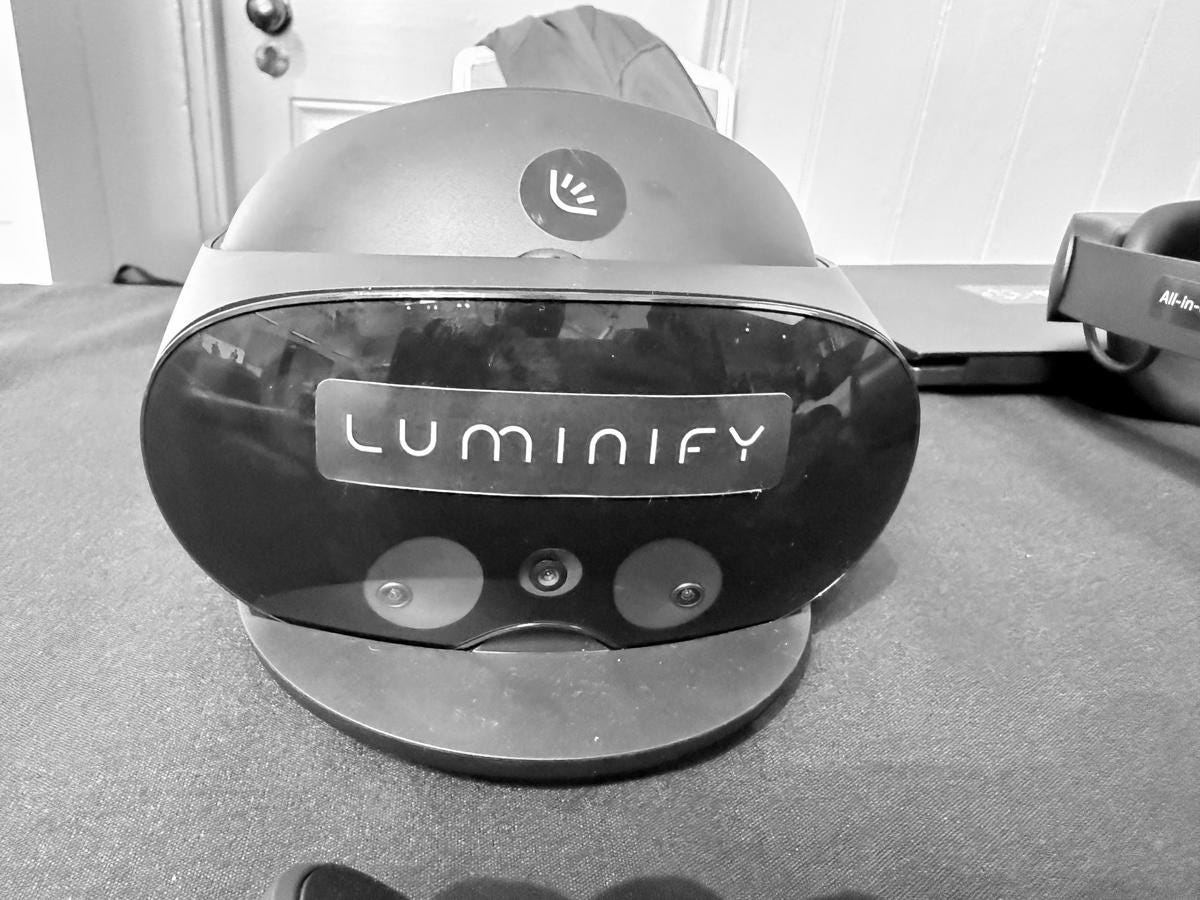Aspichi Is Building A Virtual Front for Soldiers in Ukraine
When Russia’s full-scale invasion began in February 2022, many Ukrainians had to decide quickly how they could be useful. For CTO Max Goncharuk and his co-founder Victor Samolyenko, both from the IT world, the answer was tech. “We had just opened an office in Kyiv,” he recalled. “Four days later, we had to close it because of the invasion.”
Instead of leaving the country, they looked for a way to help. They found it in a surprising place: virtual reality. Their company, Aspichi, develops VR tools for mental health. The need, Goncharuk said, was obvious.
“There is a lack of psychology professionals, a lack of instructors, and you need to scale it up somehow and quickly. You can do it with technology,” he said.
Aspici’s system has two modes. One prepares soldiers for the stress of combat, giving their brains a controlled exposure to extreme situations. The other supports recovery. In this mode, soldiers are immersed in calm environments—mountains, rivers, waterfalls—what the company calls a “safe place.” Once inside, they receive guided programs for decompression, rehabilitation, or longer-term therapy.
The first experience is harrowing. I tested a five-minute demo of the product that showed a group of soldiers at an encampment before drones and artillery began to strike. The scene shifted into a fierce battle simulation with realistic weapons and uniforms. It felt immediate and disorienting, as if you were there in the trenches while they took hit after hit.
Reactions vary, but the feedback has been strong.
“For rehabilitation and recovery, there are a lot of positive responses,” Goncharuk said. In training settings, VR also provides a sharper focus. “Some soldiers say, now I understand why I am here, why I need to train, why I need to learn something new.”
The tool, he added, helps break stigma around psychological services in Ukraine.
“If you are getting the first experiences in VR, it is easier for your brain. Then you are more open to the professionals to work on your trauma.”
Production was no small effort. The team wrote scenarios with military advisors, shot real 360-degree footage—sometimes including actual explosions—then layered it with visual effects. The goal was realism without overwhelming the mind. “We created the scenario, we checked it with the professionals, then we shot it and did post-production,” Goncharuk said. The result is a platform that can be shared and distributed across training and rehab centers. Currently new recruits experience the 25-minute video before going to the front in an effort to prepare them for the tedium and terror of war.
Asked about the future, Goncharuk is clear: for now, it is only about the war.
“Right now, we are focusing all our forces, all our passion, on resisting the Russians. Then, when there is peace, we will think about what to build after,” he said.


